Home>Renovation & DIY>Home Renovation Guides>How To Prioritize Your Home Improvement Projects


Home Renovation Guides
How To Prioritize Your Home Improvement Projects
Modified: January 18, 2024
Discover expert tips for prioritizing your home renovation projects with our comprehensive home renovation guides. Maximize your budget and time effectively.
(Many of the links in this article redirect to a specific reviewed product. Your purchase of these products through affiliate links helps to generate commission for Storables.com, at no extra cost. Learn more)
Introduction
Embarking on home improvement projects is an exciting endeavor that allows you to personalize and enhance your living space. Whether you've recently moved into a new home or have lived in your current residence for years, prioritizing your home improvement projects is essential for maximizing both the functionality and aesthetics of your living environment. By carefully evaluating your needs, setting a realistic budget, and considering the long-term benefits of each project, you can make informed decisions that align with your goals and resources.
In this comprehensive guide, we'll explore the crucial steps involved in prioritizing your home improvement projects. From assessing your needs and goals to evaluating the environmental impact of your choices, we'll provide valuable insights to help you navigate the process effectively. By the end of this journey, you'll be equipped with the knowledge and confidence to tackle your home improvement endeavors with clarity and purpose.
Let's delve into the essential aspects of prioritizing your home improvement projects, empowering you to transform your living space into a haven that reflects your unique style and meets your practical requirements.
Key Takeaways:
- Prioritizing home improvement projects involves assessing needs, setting a budget, and addressing urgent repairs. Long-term benefits, DIY vs. professional help, and environmental impact are also crucial considerations.
- By prioritizing projects based on needs, budget, and urgency, and considering long-term benefits, DIY vs. professional help, and environmental impact, you can create a personalized, sustainable, and functional living space.
Assessing Your Needs and Goals
Before diving into any home improvement project, it’s crucial to assess your needs and establish clear goals. Start by identifying the aspects of your home that require attention and consider how you envision your living space. Are you looking to create a more functional kitchen, revamp your outdoor area for entertaining, or enhance the energy efficiency of your home? Understanding your specific needs will guide you in prioritizing the projects that align with your lifestyle and preferences.
When assessing your goals, consider both practical and aesthetic aspects. Do you aim to increase the resale value of your home, or are you focused on creating a more comfortable and visually appealing environment for your family? By defining your objectives, you can tailor your home improvement projects to fulfill these aspirations effectively.
Furthermore, take into account the long-term vision for your home. Are there any major renovations or additions you foresee in the future? Understanding how each project fits into the broader scope of your home improvement plans will help you make strategic decisions and avoid unnecessary rework down the line.
Engage in open discussions with your family members or housemates to gather diverse perspectives and ensure that everyone’s needs and preferences are considered. This collaborative approach fosters a sense of shared ownership and ensures that the prioritized projects resonate with the entire household.
By thoroughly assessing your needs and setting clear goals, you lay a solid foundation for prioritizing your home improvement projects. This initial step provides invaluable clarity and direction, empowering you to move forward with confidence and purpose.
Setting a Budget
Establishing a realistic budget is a fundamental aspect of prioritizing your home improvement projects. Before delving into any renovations or upgrades, it’s essential to determine the financial resources you can allocate to these endeavors. Begin by evaluating your overall financial situation and identifying the amount you can comfortably invest in home improvements without straining your finances.
When setting a budget, consider the scope and scale of the projects you wish to undertake. Are you planning minor cosmetic enhancements, such as painting and updating fixtures, or are you embarking on more extensive renovations, such as kitchen remodeling or bathroom upgrades? Understanding the financial implications of each project will enable you to allocate your budget strategically.
It’s advisable to incorporate a contingency fund into your budget to accommodate unforeseen expenses or potential adjustments to the initial plan. This buffer ensures that you can address unexpected challenges without disrupting the overall project or compromising on the quality of the results.
Additionally, research the estimated costs of materials, labor, and any professional services required for your chosen projects. Obtaining multiple quotes from reliable contractors and suppliers can provide valuable insights into the realistic expenses involved, enabling you to refine your budget and make informed decisions.
While it’s natural to be enthusiastic about transforming your living space, it’s crucial to align your aspirations with your financial capacity. By setting a well-defined budget, you can approach your home improvement projects with a clear understanding of your financial boundaries, ensuring that your endeavors remain financially sustainable and rewarding.
Identifying Urgent Projects
When prioritizing your home improvement projects, it’s essential to identify and address any urgent needs or pressing issues within your living space. Urgent projects typically involve repairs or improvements that directly impact the safety, functionality, or structural integrity of your home. By addressing these critical aspects promptly, you can mitigate potential risks and create a more secure and comfortable environment for your household.
Start by conducting a thorough assessment of your home to identify any urgent projects. Common examples of urgent needs may include repairing a leaky roof, addressing electrical or plumbing issues, or rectifying structural vulnerabilities. These projects take precedence due to their immediate impact on the habitability and safety of your home.
It’s important to prioritize projects that prevent further damage or deterioration, as neglecting urgent repairs can lead to more extensive and costly issues in the long run. By addressing these pressing concerns proactively, you can safeguard your home and minimize the likelihood of future disruptions or emergencies.
Consider seeking professional assessments or inspections to accurately identify and prioritize urgent projects. Qualified professionals, such as licensed contractors, home inspectors, or structural engineers, can provide expert insights and recommendations, guiding you in determining the most critical areas that require immediate attention.
By addressing urgent projects as a priority, you demonstrate a proactive approach to maintaining and enhancing your home. This foundational step not only ensures the safety and functionality of your living space but also sets the stage for pursuing additional improvements with peace of mind and confidence.
When prioritizing home improvement projects, start with essential repairs like leaks or structural issues. Then focus on projects that add value or improve safety and comfort.
Considering Long-Term Benefits
When prioritizing your home improvement projects, it’s essential to consider the long-term benefits that each endeavor offers. While immediate enhancements contribute to the visual appeal and functionality of your home, evaluating the lasting advantages of a project is crucial for making informed decisions that align with your overall vision and goals.
Assess the potential impact of each project on the value of your home. Certain renovations, such as kitchen remodels, bathroom upgrades, or energy-efficient enhancements, have the capacity to significantly increase the resale value of your property. By prioritizing projects that yield substantial returns on investment, you not only enhance your living experience but also make strategic investments in your home’s long-term value.
Consider the durability and longevity of the improvements you plan to undertake. Opting for high-quality materials and enduring design choices can minimize the need for frequent repairs or replacements, contributing to the long-term sustainability and cost-effectiveness of your home improvements.
Furthermore, evaluate the potential energy efficiency and sustainability benefits of your projects. Incorporating eco-friendly features, such as energy-efficient appliances, insulation upgrades, or renewable energy solutions, can lead to substantial long-term savings on utility costs while reducing your environmental footprint. Prioritizing projects that promote sustainability aligns with the broader goal of creating a more efficient and environmentally conscious living space.
Additionally, consider the impact of your home improvements on your lifestyle and well-being over time. Projects that enhance comfort, functionality, and convenience contribute to a more enjoyable and harmonious living environment, enriching your daily experience and fostering a sense of satisfaction and contentment.
By prioritizing projects that offer significant long-term benefits, you make strategic investments in the value, sustainability, and livability of your home. This forward-thinking approach ensures that your home improvements yield enduring rewards, enriching your living experience for years to come.
Evaluating DIY vs. Professional Help
When prioritizing your home improvement projects, it’s essential to evaluate the feasibility of undertaking certain tasks as do-it-yourself (DIY) endeavors or seeking professional assistance. While DIY projects can offer a sense of satisfaction and cost savings, certain undertakings may require the expertise and precision of skilled professionals to ensure optimal results and safety.
Begin by assessing your own skills, experience, and comfort level with the specific tasks involved in each project. Simple cosmetic enhancements, such as painting walls, updating hardware, or landscaping, are often well-suited for DIY efforts and can be enjoyable and rewarding endeavors for homeowners.
For more complex or specialized projects, such as electrical work, plumbing installations, structural modifications, or major renovations, it’s crucial to weigh the potential risks and challenges associated with DIY execution. Engaging in tasks beyond your expertise can lead to safety hazards, code violations, and subpar outcomes, ultimately resulting in additional expenses to rectify errors.
Consider the time and effort required for DIY projects, especially when balancing them with your other commitments and responsibilities. While DIY endeavors can be fulfilling, they may also demand a significant investment of time and may prolong the completion of your home improvement goals.
When contemplating professional assistance, research and engage reputable contractors, designers, or tradespeople with proven expertise in the specific areas of your projects. Obtain multiple quotes and references, and ensure that the professionals you enlist are licensed, insured, and capable of delivering the quality and reliability you seek.
By evaluating the suitability of DIY versus professional help for each project, you can make informed decisions that optimize the efficiency, safety, and quality of your home improvements. This thoughtful approach ensures that each task is approached with the most appropriate resources and expertise, ultimately leading to successful and satisfying outcomes.
Environmental Impact
When prioritizing your home improvement projects, it’s essential to consider the environmental impact of your choices and strive to make sustainable and eco-conscious decisions. By integrating environmentally friendly practices and materials into your projects, you can reduce your ecological footprint and contribute to a more sustainable and responsible approach to home improvement.
Begin by exploring eco-friendly alternatives for materials and appliances. Opt for sustainable and renewable resources, such as bamboo flooring, reclaimed wood, or recycled glass countertops, to minimize the environmental impact of your renovations. Additionally, consider energy-efficient appliances and fixtures that reduce water and electricity consumption, contributing to long-term resource conservation.
Assess the potential for incorporating renewable energy solutions, such as solar panels or wind turbines, into your home improvement projects. These initiatives not only reduce your reliance on non-renewable energy sources but also lead to long-term cost savings and a reduced carbon footprint.
When undertaking landscaping or outdoor enhancements, prioritize native plants and drought-resistant landscaping designs that promote biodiversity and require minimal water and maintenance. These choices contribute to a more sustainable outdoor environment while reducing water consumption and chemical usage.
Consider the waste management and disposal practices associated with your projects. Minimize construction waste by recycling materials, donating usable items, and responsibly disposing of debris. Additionally, explore opportunities to repurpose or upcycle existing materials within your home, reducing the demand for new resources.
Engage in energy-efficient and sustainable design practices that enhance the overall efficiency and performance of your living space. Proper insulation, strategic placement of windows for natural light and ventilation, and thoughtful design elements contribute to a more sustainable and eco-friendly home environment.
By prioritizing projects with a minimal environmental impact and integrating sustainable practices into your home improvements, you contribute to a greener and more responsible approach to enhancing your living space. This conscientious mindset aligns with the global movement towards sustainability and ensures that your home reflects your commitment to environmental stewardship.
Conclusion
Embarking on home improvement projects is a journey that allows you to transform your living space into a personalized haven that meets your practical needs and reflects your unique style. By following a systematic approach to prioritizing your home improvement endeavors, you can make informed decisions that align with your goals, resources, and values.
Assessing your needs and goals serves as the foundational step in understanding the specific enhancements you wish to make to your home. By defining your objectives and considering the long-term vision for your living space, you establish a clear roadmap for your home improvement journey.
Setting a realistic budget ensures that your aspirations are aligned with your financial capacity, enabling you to approach your projects with confidence and financial sustainability. Identifying urgent projects and addressing critical needs promptly safeguards the safety and functionality of your home, laying the groundwork for additional enhancements.
Considering the long-term benefits of each project allows you to make strategic investments in the value, sustainability, and livability of your home. This forward-thinking approach ensures that your home improvements yield enduring rewards, enriching your living experience for years to come.
When evaluating the feasibility of DIY versus professional help, thoughtful decision-making ensures that each task is approached with the most appropriate resources and expertise, ultimately leading to successful and satisfying outcomes. Additionally, prioritizing projects with minimal environmental impact and integrating sustainable practices into your home improvements contributes to a greener and more responsible approach to enhancing your living space.
By embracing the insights and considerations outlined in this guide, you are empowered to navigate the process of prioritizing your home improvement projects with clarity, purpose, and a commitment to creating a home environment that resonates with your vision and values. Your thoughtful and strategic approach sets the stage for a rewarding and transformative home improvement journey, culminating in a living space that embodies your unique style, functionality, and sustainability.
Frequently Asked Questions about How To Prioritize Your Home Improvement Projects
Was this page helpful?
At Storables.com, we guarantee accurate and reliable information. Our content, validated by Expert Board Contributors, is crafted following stringent Editorial Policies. We're committed to providing you with well-researched, expert-backed insights for all your informational needs.
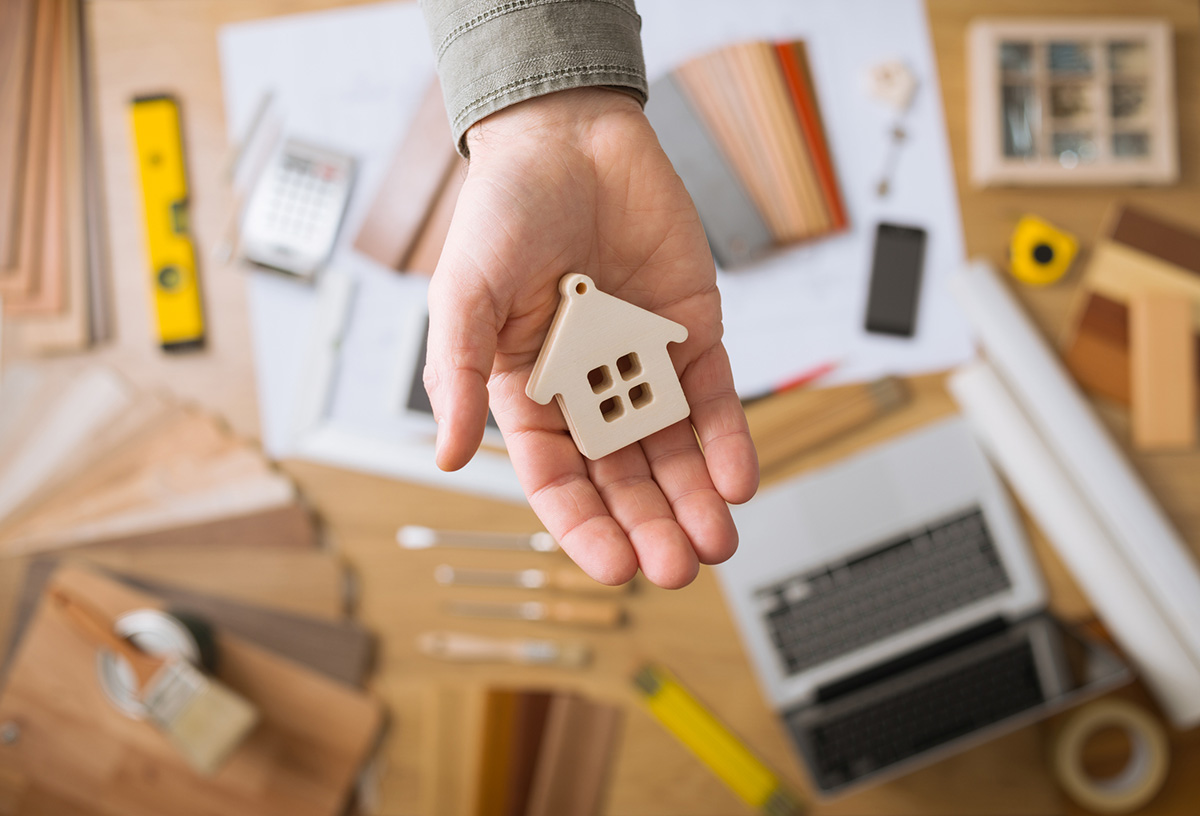



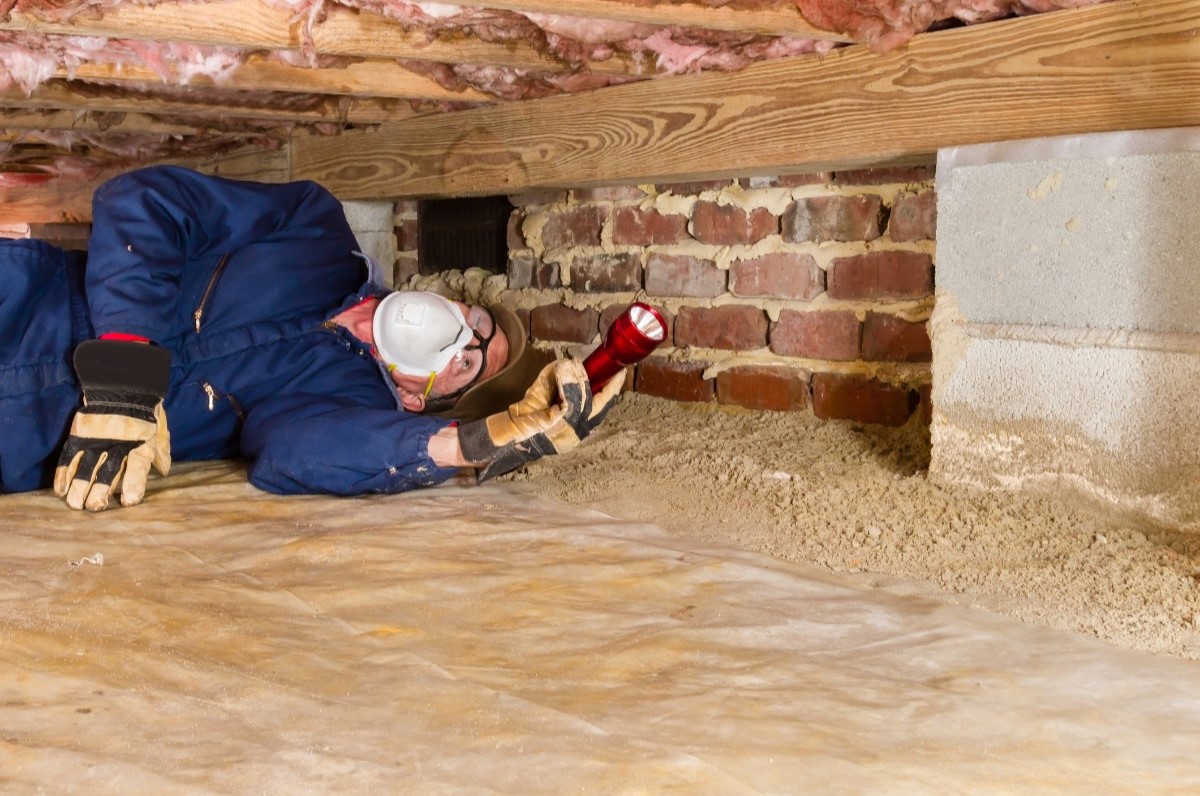

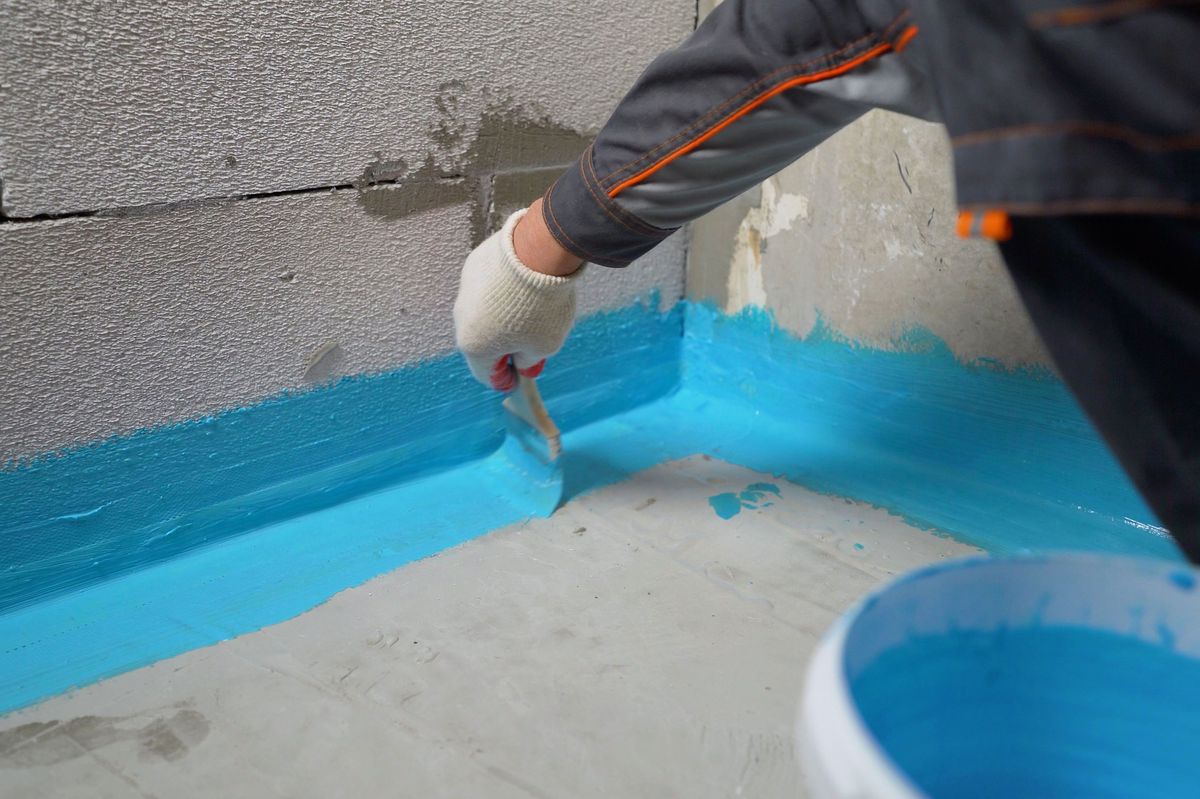

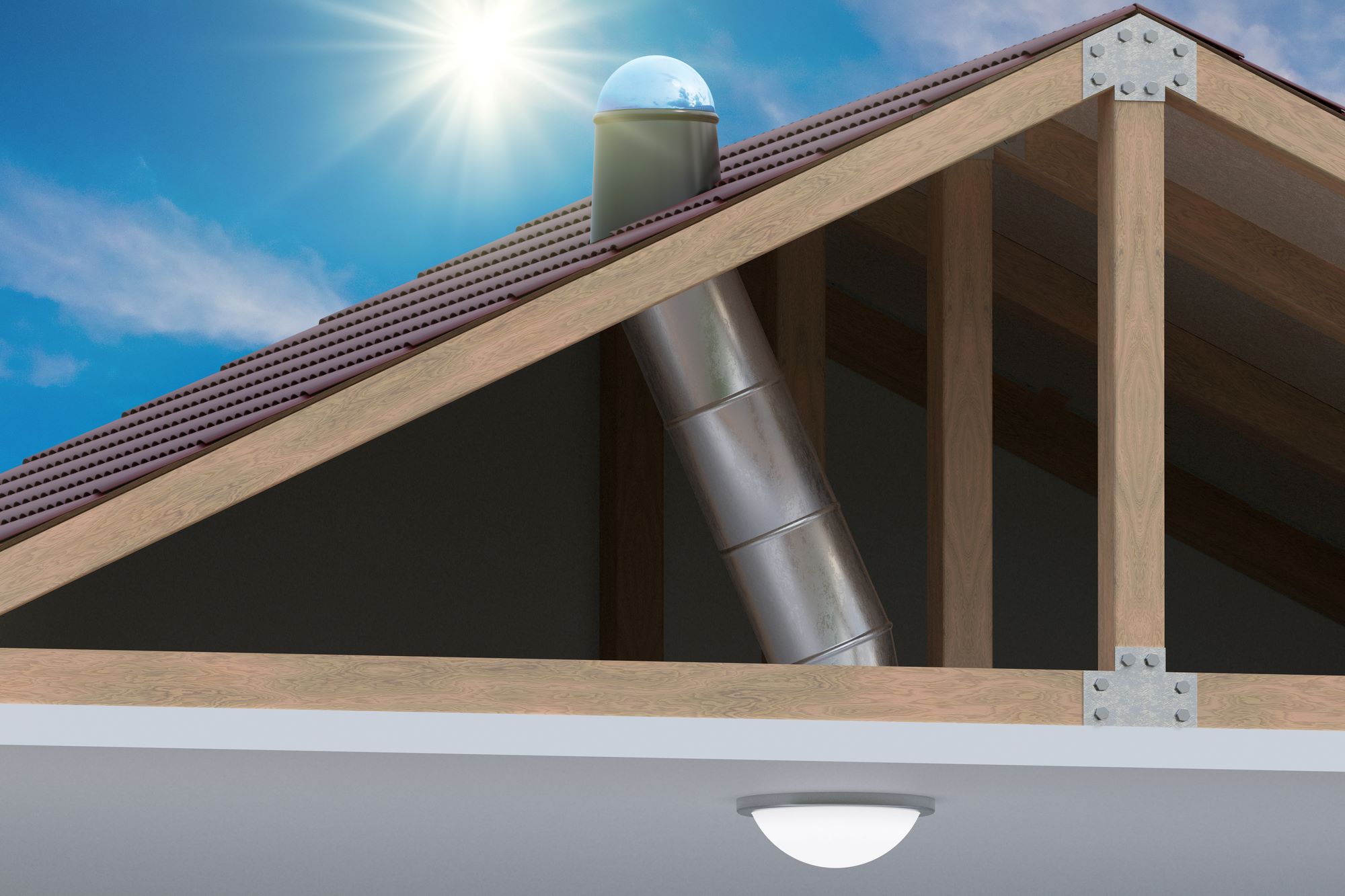

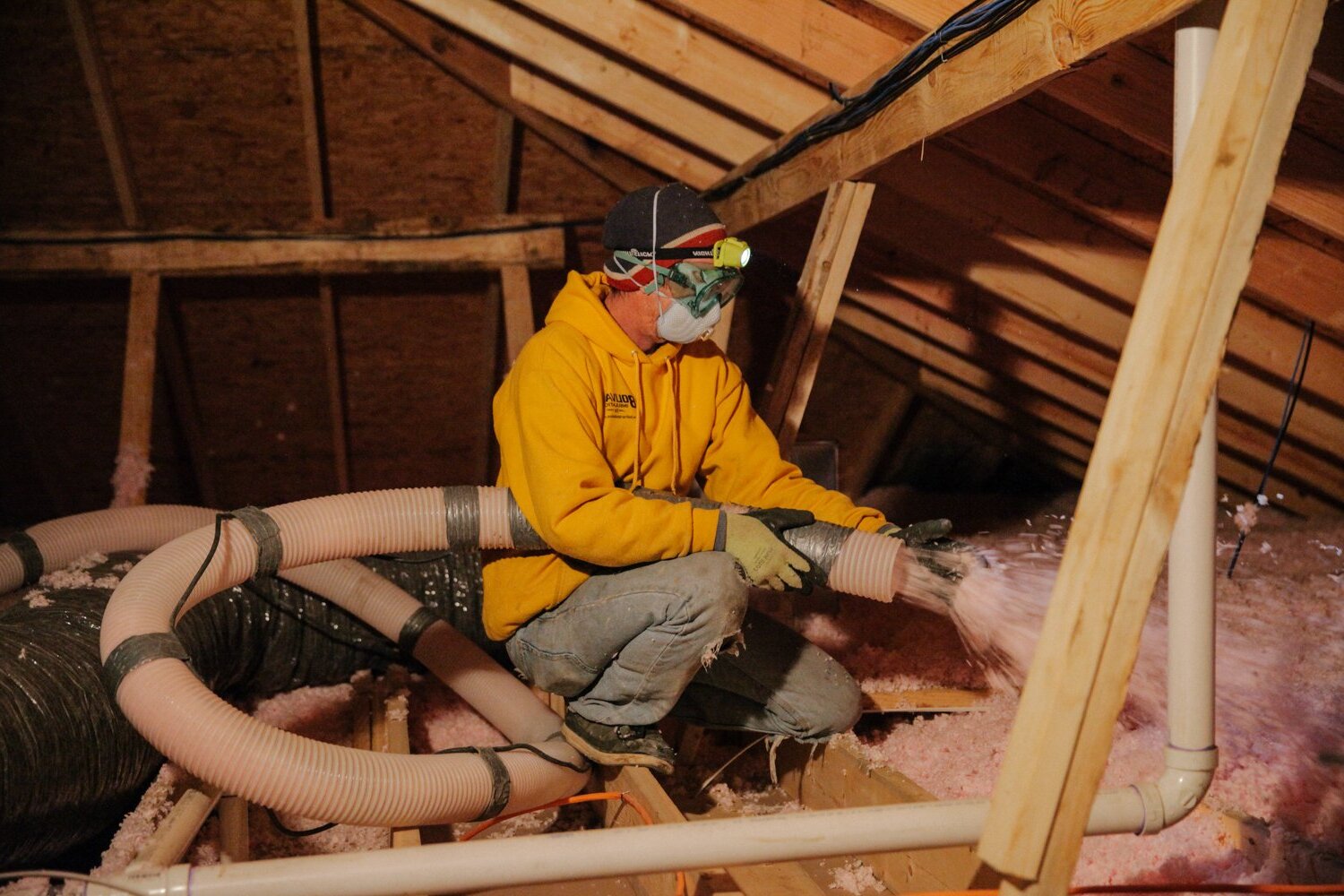




0 thoughts on “How To Prioritize Your Home Improvement Projects”